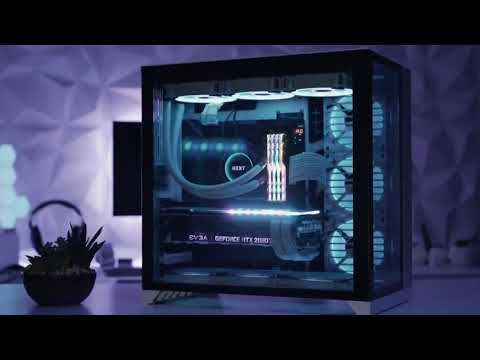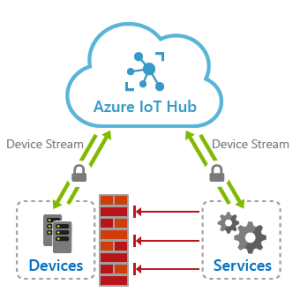
How to Build a Budget-Friendly Gaming Computer
Introduction
Gaming has become a popular pastime for many people around the world. However, building a gaming computer can often be an expensive endeavor. In this article, we will explore how you can build your own budget-friendly gaming computer without breaking the bank.
1. Set a Budget
Before you start shopping for components, it’s essential to determine how much money you’re willing to spend. Setting a budget will help you prioritize your purchases and make sure you stay within your financial means.
2. Research and Compare
Do comprehensive research on computer components and compare prices from different retailers. Be mindful of customer reviews, as they can offer valuable insights into the performance and quality of a particular component. Utilize shopping websites and online forums to find the best deals.
3. Prioritize Key Components
When building a budget-friendly gaming computer, you need to focus on the key components that directly affect gaming performance, such as the CPU (Central Processing Unit), GPU (Graphics Processing Unit), and RAM (Random Access Memory). Allocate a larger portion of your budget to these components.
4. Choose the Right Processor
The CPU is the brain of your gaming computer and plays a crucial role in overall performance. Look for processors that offer a good balance between price and performance, such as AMD’s Ryzen series or Intel’s Core i5 processors. Take into account the compatibility with other components as well.
5. Optimize Your Graphics Card
The GPU is responsible for rendering visuals, making it an essential component for gaming. Look for an affordable graphics card that can handle the games you intend to play. Consider options from NVIDIA’s GeForce GTX series or AMD’s Radeon RX series, as they often provide excellent value for money.
6. Sufficient RAM
Having enough RAM is crucial for smooth gaming performance. Aim for a minimum of 8GB of RAM, but if your budget allows for more, opt for 16GB. Ensure the RAM you select is compatible with your motherboard for optimal efficiency.
7. Storage Considerations
While SSDs (Solid State Drives) provide faster boot times and loading speeds, they can be more expensive compared to traditional HDDs (Hard Disk Drives). As a budget-conscious builder, consider starting with a smaller SSD for your operating system and important applications, and pair it with a larger HDD for additional storage space.
8. Power Supply and Cooling
Choose a power supply unit (PSU) that provides enough power to run your components smoothly and efficiently. Look for reliable brands that offer good warranties. Additionally, proper cooling is vital to prevent overheating and ensure long-lasting performance. Consider budget-friendly cooling options like air coolers or budget-friendly liquid cooling solutions.
9. Compatibility Check
Ensure that all the components you choose are compatible with each other and fit the selected motherboard. Use online compatibility check tools or seek assistance from knowledgeable individuals to avoid any compatibility-related issues.
10. Final Assembly
Now that you have acquired all the necessary components, it’s time to put them together. Follow the instructions provided with each component and take your time during the assembly process. Remember to discharge static electricity before handling components and be cautious when inserting delicate parts such as the CPU.
Conclusion
Building a budget-friendly gaming computer doesn’t mean sacrificing performance and enjoyment. By setting a budget, doing thorough research, and prioritizing key components, you can create a computer that meets your gaming needs without emptying your wallet. Follow these steps and start enjoying gaming on your very own budget-friendly gaming rig!

